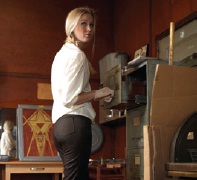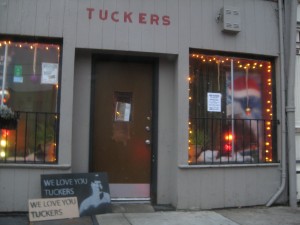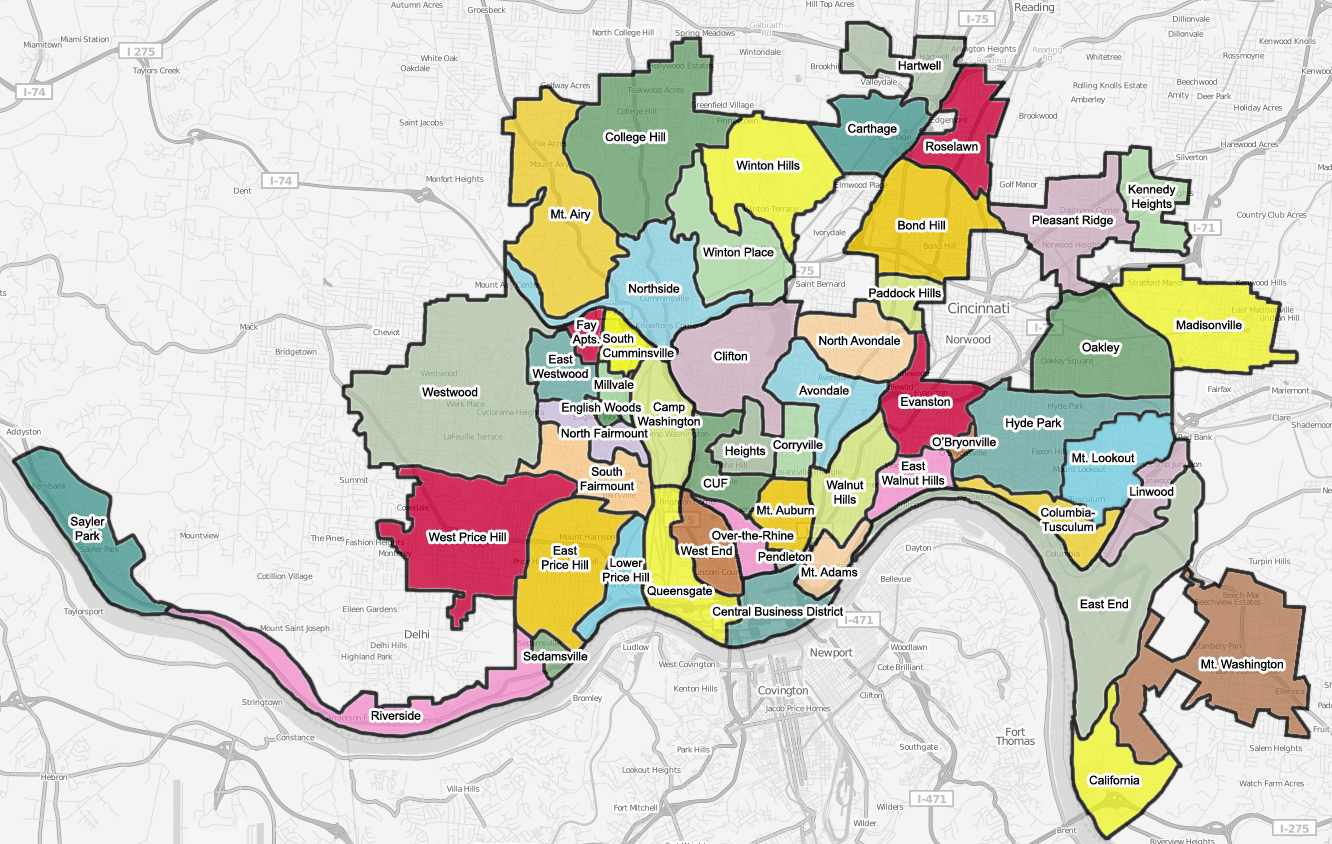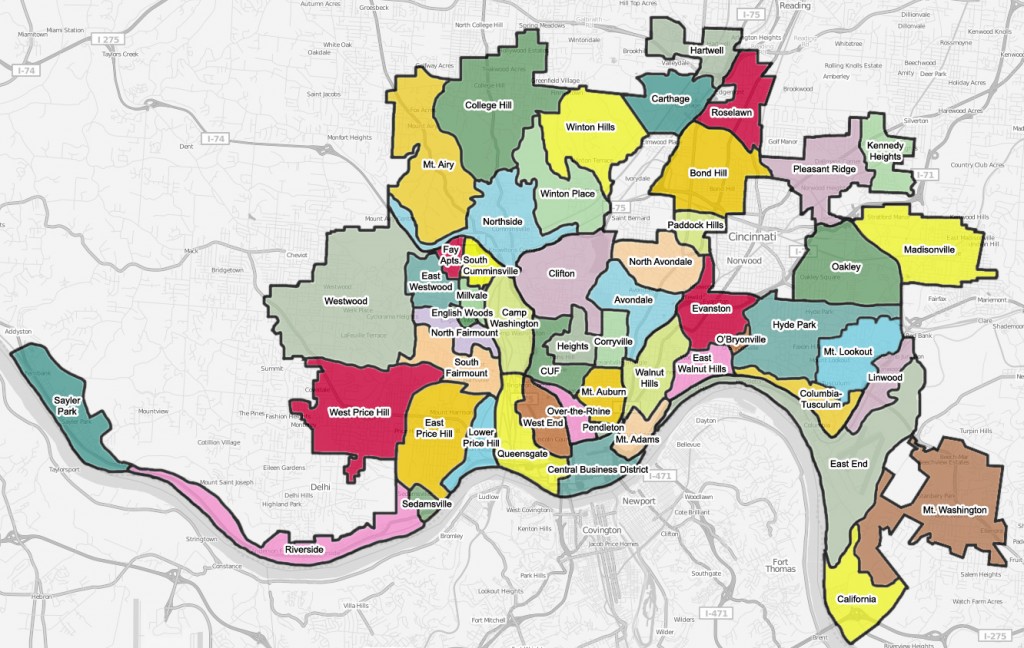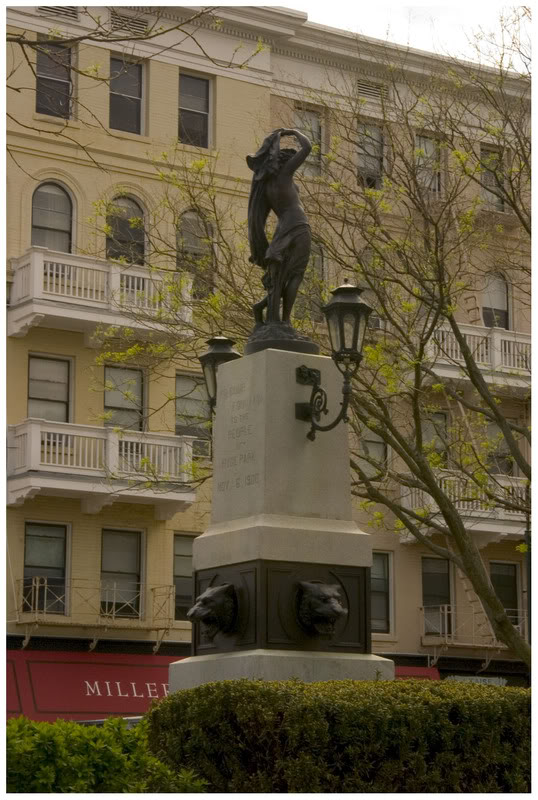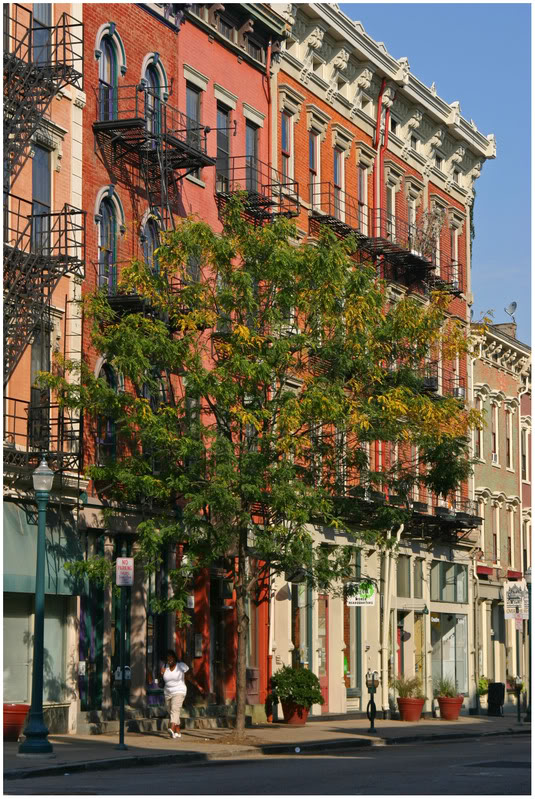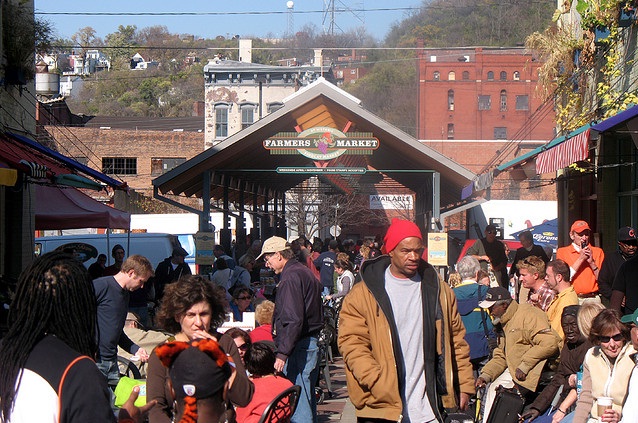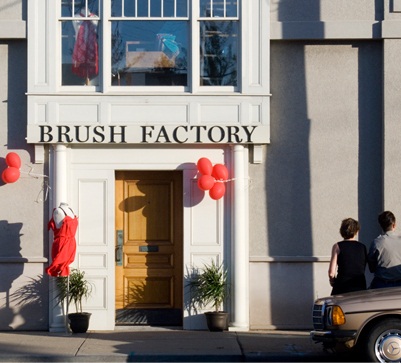 To say the past year has been an exciting one for the Brush Factory would be an understatement. Founders Hayes Shanesy and Rosie Kovacs reopened the doors to a historic building in the West End’s Brighton district which now serves as their working studio.
To say the past year has been an exciting one for the Brush Factory would be an understatement. Founders Hayes Shanesy and Rosie Kovacs reopened the doors to a historic building in the West End’s Brighton district which now serves as their working studio.
The headquarters in Brighton opened in 2009, and in talking with Rosie Kovacs and Hayes Shanesy it is clear that they have a passion for maintaining the historic building, and perfecting the tradition of handmade goods such as the clothes they sell in their store in Oakley. The store opened last fall and they also have a web presence with their online store. People are also starting to pay attention as the Brush Factory earned the award for Best Tailor Made pants in the region from Cincinnati Magazine.
“The collection of Brush Factory goods are designed, prototyped, engineered and produced in house,” Kovacs stated. “This level of control yields limited quantities, but also creates a collection of objects durable enough to last a lifetime.” In addition to the clothing that Kovacs is responsible for along with recent DAAP graduate Chelsea Cutrell, Hayes Shanesy and his father work upstairs in the Brighton studio designing and building furniture.
The folks at The Brush Factory also want to share their experiences with the world, so they offer classes to help people learn to sew or perfect their practice depending on current skill level. The first class, Vorkus I (deriving from the Bauhaus studies in Germany), is a series of three sessions and features basic sewing skills, getting to know your machine, and pants alterations among other things. Vorkus II is a more advanced series which gets into the design phase based off images that participants bring along. Both require participants to bring their own machine and scissors.
“The classes offer a unique and meaningful way for people to be introduced to The Brush Factory” said Shanesy. “We also believe that that the more interest people have in making things themselves the more they will appreciate the things around them. Once you know how something is made whether it be a dress or table you begin to appreciate the object in a new light.”
Without a doubt, one of the best parts about doing work for UrbanCincy is finding businesses and people in Cincinnati that I might have otherwise not known about. One such case is the work being done by the folks at The Brush Factory. Part design, part manufacturing, part retail, and part school this is one of the more intriguing businesses I have come across in my time.
Brush Factory video produced by Rachel Schwarz.
